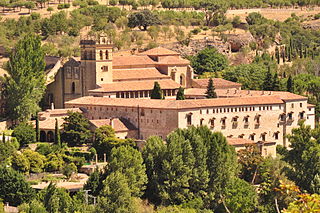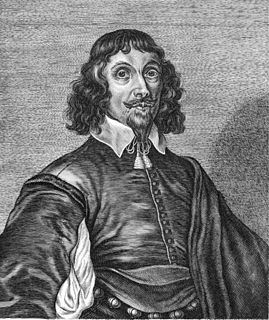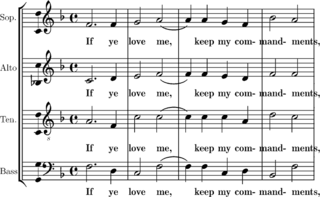Placido Falconio, also called Falconi in some sources, was an Italian composer of the 16th century. His birth and death dates are unknown; his first publication dates from 1575, his last from 1588.

Italy, officially the Italian Republic, is a European country consisting of a peninsula delimited by the Italian Alps and surrounded by several islands. Located in the middle of the Mediterranean sea and traversed along its length by the Apennines, Italy has a largely temperate seasonal climate. The country covers an area of 301,340 km2 (116,350 sq mi) and shares open land borders with France, Slovenia, Austria, Switzerland and the enclaved microstates of Vatican City and San Marino. Italy has a territorial exclave in Switzerland (Campione) and a maritime exclave in the Tunisian sea (Lampedusa). With around 60 million inhabitants, Italy is the fourth-most populous member state of the European Union.
In 1549, he entered a Benedictine monastery, and the title pages of his published works indicate that he was a monk in the abbey of Monte Cassino at the time of their printing. According to the dedication of Falconio's Psalmodia vespertina (Vespers psalms), the composer was part of a group or consortium that helped introduce Venetian music printing methods into his native Brescia.

A monastery is a building or complex of buildings comprising the domestic quarters and workplaces of monastics, monks or nuns, whether living in communities or alone (hermits). A monastery generally includes a place reserved for prayer which may be a chapel, church, or temple, and may also serve as an oratory.

A monk is a person who practices religious asceticism by monastic living, either alone or with any number of other monks. A monk may be a person who decides to dedicate his life to serving all other living beings, or to be an ascetic who voluntarily chooses to leave mainstream society and live his or her life in prayer and contemplation. The concept is ancient and can be seen in many religions and in philosophy.

An abbey is a complex of buildings used by members of a religious order under the governance of an abbot or abbess. It provides a place for religious activities, work, and housing of Christian monks and nuns.
Falconio's works are all of the sacred vocal category, and include introits, alleluias, magnificats, psalm settings, and works relating to the Passion. He seems to have taken pains in many cases to make his works readily performable even for less-trained forces in smaller parishes. This is illustrated in that, despite the prevailing atmosphere of polychoral works, or at least works for five or more voices, Falconio wrote often for but four voices, and even for three on one occasion, a Voces Christi. Contributing also to this accessibility is the simple, homophonic nature shared by many of his works, though of course such an idiom had begun to dominate in the post-Tridentine era of the 1570s and 80s. Perhaps more telling, then, of Falconio's practicality is that, when he did compose in a more contrapuntal fashion, in his collection Introitus et Alleluia per omnes festivitates totius anni, he included an explicit part for organ accompaniment in the publication. While Falconio almost surely did not invent the technique, and this work of 1575 is very probably pre-dated by the presence of other such organ parts in manuscript, it contains the first known published example of "basso seguente." This technique, in which a line for organ simply provides the lowest note being sounded in the vocal parts at any given time, is the precursor of the basso continuo (for further explanation of this, see Figured bass).
The Introit is part of the opening of the liturgical celebration of the Eucharist for many Christian denominations. In its most complete version, it consists of an antiphon, psalm verse and Gloria Patri, which are spoken or sung at the beginning of the celebration. It is part of the Proper of the liturgy: that is, the part that changes over the liturgical year.
The word "Alleluia" or "Hallelujah", which literally means "Praise ye Yah", a short form of "Praise Yahweh" and often rendered as "praise the Lord". From the 14th century.

The Magnificat is a canticle, also known as the Song of Mary, the Canticle of Mary and, in the Byzantine tradition, the Ode of the Theotokos. It is traditionally incorporated into the liturgical services of the Catholic Church and of the Eastern Orthodox churches. It is one of the eight most ancient Christian hymns and perhaps the earliest Marian hymn. Its name comes from the incipit of the Latin version of the canticle's text.








